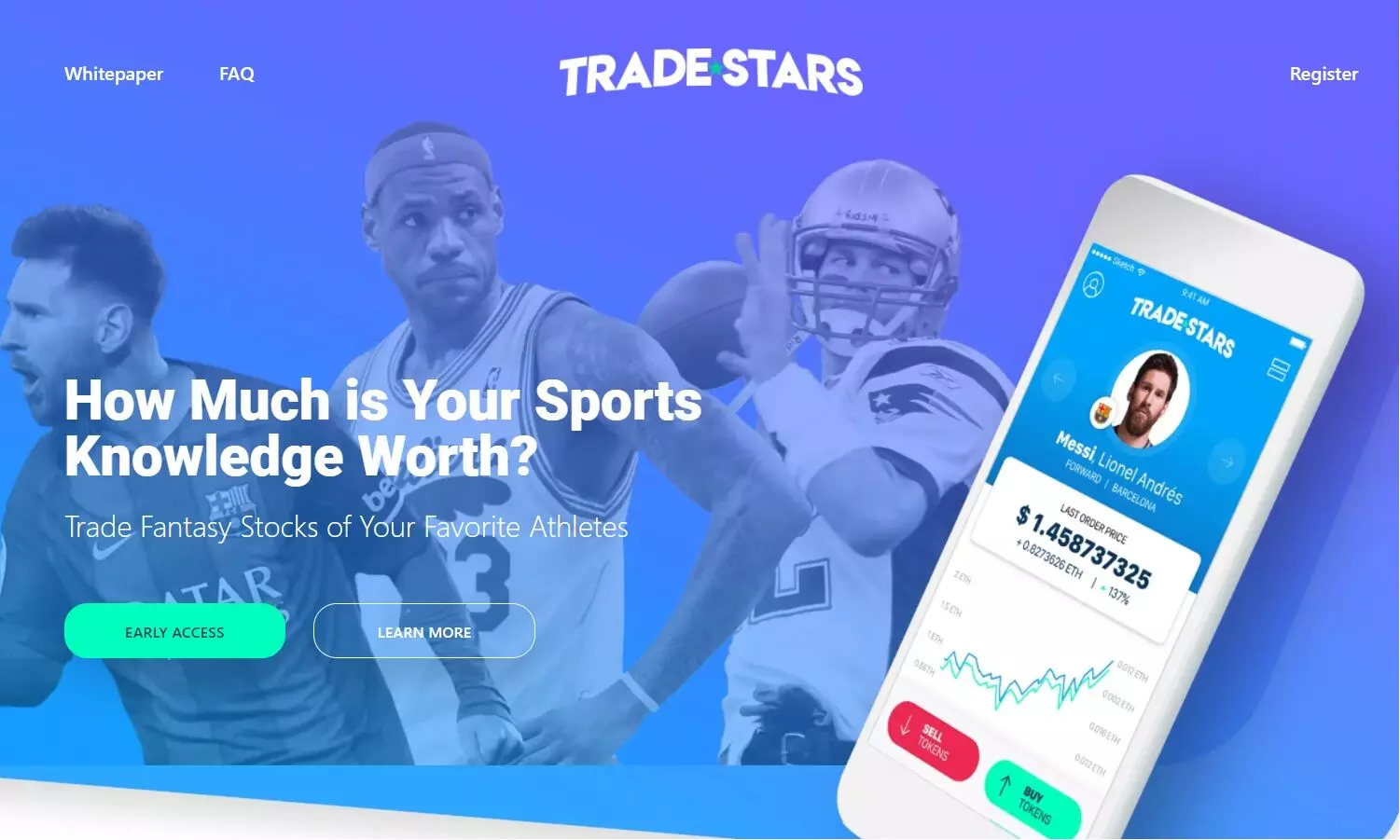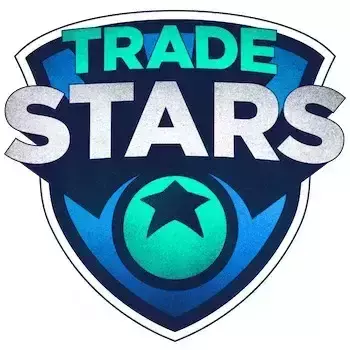
Cryptocurrency, Bitcoin, NFT. If you live in the modern world, then chances are you have heard of these terms multiple times over the last few years, especially during this pandemic. You might have also wondered as to what exactly these are, and why people are talking about them.
In layman's terms, 'cryptocurrency' is a digital currency that provides a safe and secure way to perform transactions without the need of a third-party intermediary or a regulatory body. It is based on a technology called 'blockchain'. You can think of cryptocurrencies as digital money that you can use to do transactions similar to actual currencies, like dollar, yen, rupee, etc.
Cryptocurrencies also provide the benefits of decentralization, security, and privacy, which are huge problems when it comes to existing regulated physical currencies. Bitcoin, Ethereum, and Dogecoin are a few examples of cryptocurrencies that you might have heard about.
Another term that's making news nowadays is NFT (Non-Fungible Tokens). Recently, a lot of artists have started converting (tokenizing) their art into NFTs and selling them. Digital artist Beeple sold an NFT of his artwork for a whopping $69 million at Christie's earlier this year in March, while a collection of 9 Ethereum based 'Crypto Punks' was sold for $16.9million in the month of May.
So, what exactly is an NFT? Well, each NFT is basically a unique limited edition collector's item inscribed into the blockchain. It is a digital representation of an asset that is unique and cannot be duplicated, and that is what gives it value.
The uniqueness of each NFT leads to the name 'non-fungible'. In simpler terms, an NFT representing 'The Mona Lisa' would be like having a digitized version of the painting - it's unique and there can ever be only one such instance. And all such pieces of art can be tokenized into NFTs. Blockchain technology ensures that the owner retains complete control over the NFT.
Tokenization into NFTs need not be limited to the world of art - any tangible item, or even any intangible parameter (such as intellectual property or statistical data) can also be converted into NFTs.
This is where TradeStars enters the picture. They are a company that has brought the power of blockchain and cryptocurrency into the booming Fantasy Gaming market, by combining the best of these two upcoming industries and create a Fantasy Sports Stock trading platform.
The idea behind TradeStars is to use blockchain technology to create NFTs which represent the performance statistics of sports players, and provide users with a marketplace to buy and sell these digital assets. The value of the Fantasy Stocks represented by the NFTs will increase and decrease based on the players' real-life performance during the real-world games. This is a unique use case of blockchain technology and has the potential to become a full-fledged industry in its own right.
As per a recent report, 'Business of Fantasy Sports' published by the Federation of Indian Fantasy Sports (FIFS) and KPMG, the Indian fantasy sports market is pegged at US$ 340.47 million in 2020. It is slated to touch US$ 3.7 billion by 2024. Bringing in the power of blockchain into this growing industry will certainly introduce a plethora of new opportunities and experiences.
I am sure that by now, you are extremely curious to know how all this will work on TradeStars. Let's take a quick look at case studies:
The value of your fantasy stock on TradeStars will depend on basic economic principles — Supply and Demand.
Case A: Let's consider the fantasy stock of Rohit Sharma and assume a scenario where he scores a double century.
Now, because of his sterling performance, more and more people would want ownership of the Rohit Sharma stock, while people who already own the Rohit Sharma stock won't be interested in selling them. In this case, the seller has more power than the buyer.
Demand for the stock > Supply of the stock
This means that since the demand is high, people will be willing to spend MORE to lure the holders (who already own the Rohit Sharma stock) to sell it. Hence, the price of the stock will RISE.
Case B: Let's imagine another scenario, where Kane Williamson gets out for a duck in 3 consecutive innings.
Due to such poor performances, people who hold Williamson's stock would want to sell them, whereas people who don't hold the stock wouldn't be too interested to buy the stock either. To incentivize the buyers, the sellers of Williamson's stocks will have to reduce their price to a point where buyers feel that the stock price is reasonably low. In this case, the buyer has more power than the seller,
Supply of the stock > Demand for the stock
This means that since the supply is high, people will be willing to sell the stock at a LESSER price to incentivize others (who don't own Kane Williamson stock) to buy it. Hence, the price of the stock FALLS. People will eventually buy the stock, hoping that since they bought the stock at a lower price, and given Kane Williamson's class as a player, their investment will fetch them higher returns in the medium/long term.
So who wants to buy the Digital version of Virat Kohli on TradeStars, and make some money when Kohli hits his next century?

